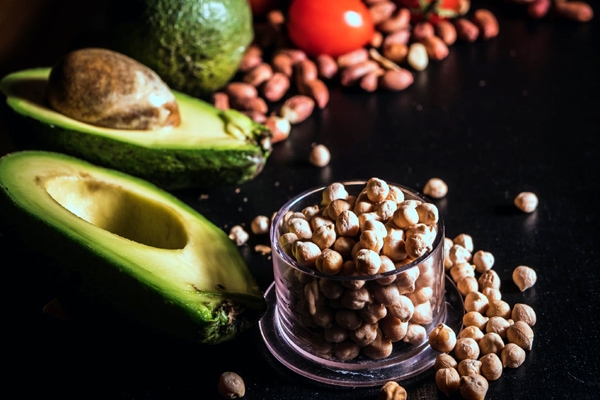
Indian cuisine is nowhere stranger to foreign countries any longer. From Indian tea to Biryani, menus of foreign county restaurants has everything that you probably get to relish in India.
The desi remedy for many an ailment, a glass of milk mixed with a pinch of turmeric, entered the menus of the Western world as ‘turmeric latte’, while Indian tea became a hipster fad as “chai tea”.
The no-gluten brigade now swears by the “gluten-free pancake” Indians know and love as “besan ka cheela”, while drumsticks aka Moringa (biological name) is essential for a tea rich in antioxidants.
Indian Staples Around the World
Moreover, several Indian kitchen staples are being used in novel ways around the world.
The humble chickpea, from which besan is derived, is used to make delicacies like chocolate cupcakes, ice creams, and pasta, and Moringa has found its way into recipes for green tea, cold beverages like smoothies and juices, and salad and omelet dressings.
“Chickpea flour is a gluten-free product which is low in cholesterol, high in protein. Its consumption is increasing phenomenally in the Western world, especially in making bakery products,” chef Tanuj Grover, owner of Neat’s Culinary, a London-based company that develops allergen-free menus and food concepts for hotels and restaurants, told ThePrint.
“The flour has a unique property of holding the air bubbles and moisture well to keep the product soft and in shape,” Grover added.
“Moreover, the ingredient is cheap, easily available and versatile, and can be used in several recipes,” he said.
Rise of Chickpea Flour
Chickpeas are known to be a rich source of vitamins, minerals, and fibre. They are free of gluten, a protein to which many people are intolerant that has also been at the center of a new health fad, and said to be a protein-rich meat alternative for vegans.
Chickpea flour or besan, derived from Bengal gram, is a common ingredient in the Indian kitchen used to make kadhi, the yogurt-based soup, and fried snacks like ‘pakode’.
According to the Agricultural Marketing Resource Center, the United States database on farming, the average American ate an estimated 50 percent more chickpea in 2017 than they did in 2016.
The most consumed chickpea in the West is a light-colored variety called ‘Kabuli chana’, which is used to churn out salads, among other dishes.
According to the American grain marketplace FarmLead, the domestic demand for chickpeas in the U.S. has gone from less than 47,000 tonnes to nearly 200,000 tonnes in the past 10 years.
“The biggest jump was between 2015 and 2016 when demand doubled to nearly 184,000 metric tonnes [same as a tonne],” it said.
In December 2018, the multinational fashion and lifestyle magazine Vogue carried a piece on the growing popularity of chickpea. It quoted celebrated chef Missy Robbins, who is known to serve a mean chickpea ‘pasta’, as saying that the legume added “an earthiness and an intense chickpea flavor to the dish”.
According to the article, at home, Robbins used boiled chickpeas completely in “lieu of pasta, flavoring them with a simple red sauce and greens. Again, the chickpea does its job as the perfect substitute”.
Popularity of Other Indian Staples
Products such as flax seeds (alsi ke beej), hemp seeds (bhaang ke beej), coconut oil and desi ghee are also taking center stage in Western cuisines.
“Flax and hemp seeds are known as superfood powders and have become the top ingredients used in salad dressings,” said Grover from London.
“Usage of ingredients like desi ghee and coconut oil is also rising,” said Uma Raghuraman, a popular food blogger who is known for mixing Indian food with world cuisines and has over 67,000 followers on her Instagram handle, Masterchefmom.
Ghee, she added, “enjoys a divine status as a drop… on the food prepared is called ‘Anna Shuddhi’ or ‘cleansing’”.
According to Raghuraman, “Western countries have started using ghee in baking desserts or in oven-roasted vegetables, just to name a few”.
“Even coconut oil and coconut milk have seen a rise in popularity in some countries, especially among vegans,” Raghuraman added.
By Sowmya Sangam







